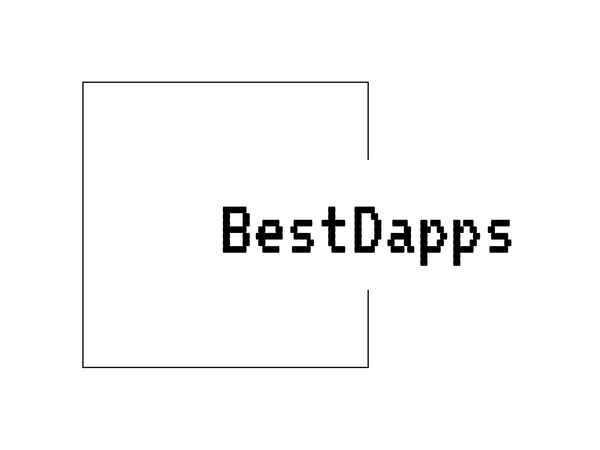
RDAO vs Rivals: A DeFi Governance Showdown
Share
RDAO: An In-Depth Comparison with Rivals
In the rapidly evolving landscape of decentralized finance (DeFi), RDAO emerges as a distinctive player, offering unique governance solutions within the broader crypto ecosystem. When considering its position among its peers, it is instructive to evaluate its functionalities and community involvement compared to similar projects in the space.
Governance Features
RDAO places a strong emphasis on decentralized governance, a feature that is central to its identity. This makes it comparable to projects like Curve Finance, [examining competition and innovation](https://bestdapps.com/blogs/news/curve-finance-vs-rivals-who-reigns-supreme) in the DeFi arena. Unlike certain rivals that have a more centralized decision-making structure, RDAO's governance is community-driven, allowing token holders to influence the development and sustainability of the platform.
Community and Ecosystem
One of RDAO's defining characteristics is its active and engaged community. This aspect can be compared to platforms like Decentraland, which heavily relies on community involvement for governance and development initiatives. Similar community-driven ecosystems can offer enhanced resilience and adaptability as they grow and evolve based on collective community decisions.
Innovation and Technology
In terms of technological innovation, RDAO provides a robust platform architecture that supports complex governance models and interoperability with other DeFi and blockchain applications. This parallels with Audius and other platforms that focus on seamless integration and technological foresight. These platforms share a mission of leveraging smart contract technology to create a more transparent and efficient ecosystem.
Market Position and Competitiveness
While RDAO distinguishes itself with unique features, its market position is inevitably often compared to that of other leading governance tokens. For instance, MakerDAO and Curve Finance's CRV token, both act as benchmarks in exploring governance innovations within their respective ecosystems. RDAO faces challenges in scaling and achieving the same market reach as these established players.
Conclusion
Understanding RDAO's place in the crypto landscape requires a nuanced analysis of its governance model, community engagement, and market competitiveness. While it shares similarities with other leading DeFi projects, RDAO's unique approach to governance and adaptability could make it a compelling choice for investors and developers looking for a vibrant and participative ecosystem. For those interested in exploring the investment potential of RDAO, platforms like Binance offer accessible gateways into this emerging crypto asset.
```